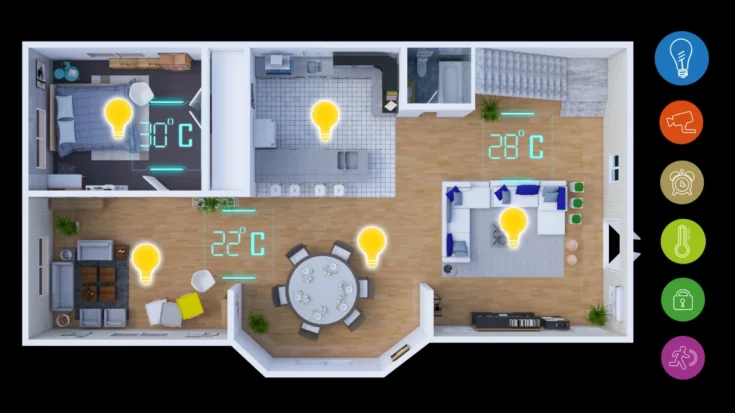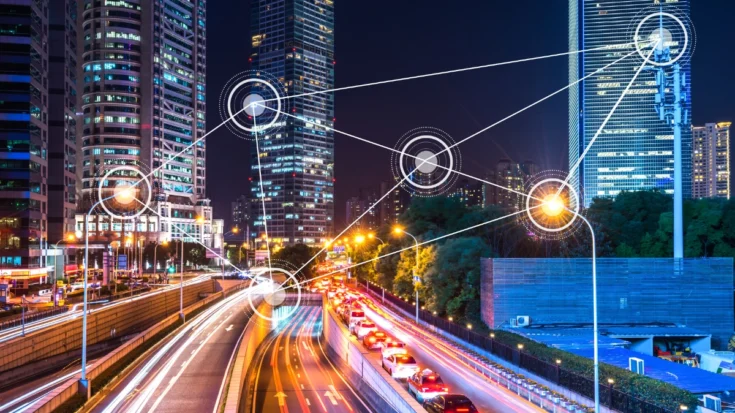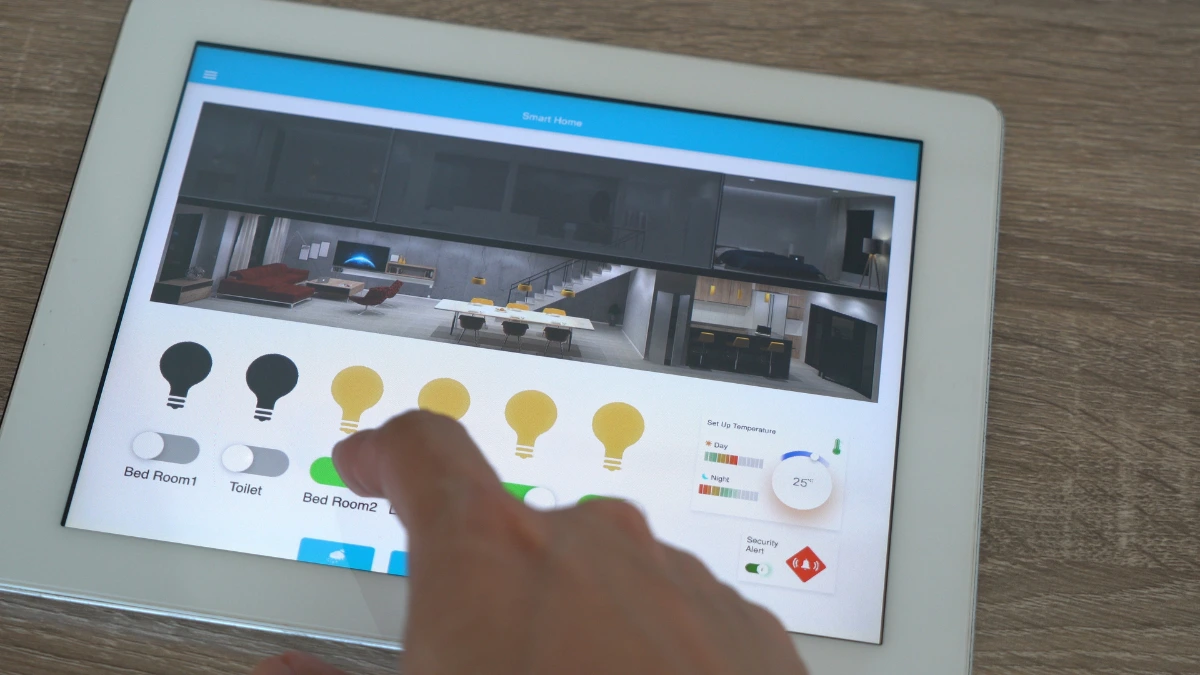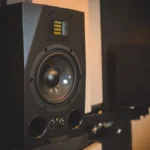Smart Lighting is an IoT (Internet of Things) based technology that is currently starting to become popular as a lighting support. There are various sectors that apply smart lighting to maximize room lighting.
Not only does it support lighting, but sectors that implement smart lighting also help with efficiency and space safety.
Do you know what sectors have implemented smart lighting? In this article, we will review various sectors that apply smart lighting to support lighting and support efficiency and safety.
Also Read
Table of Contents
Sectors that Apply Smart Lighting

Sectors that apply smart lighting do not only think about lighting, but many focus on energy efficiency, comfort, and automation. Here are 5 sectors that apply smart lighting:
1. Smart homes
This sector is aimed at individual users who want to increase energy efficiency and comfort in their homes. Because using smart lighting can reduce electricity costs, increase comfort, and create a modern smart home environment.
With smart lighting, users can increase the automation of lights, and save energy by controlling them remotely via smartphones. Smart lighting can even be integrated with other smart devices such as security systems or voice assistants.
2. City infrastructure (smart city)

City infrastructure such as public facilities such as roads, city parks, or other public areas use smart lighting to meet the needs of automatic lighting systems and increase energy efficiency and public safety.
Smart lighting in smart cities is useful for reducing operational costs, automating lights based on time, and increasing security in public places.
3. Office building
Smart lighting applied to office buildings or shopping centers aims to optimize the lighting in public areas, office spaces, lobbies, and parking areas, as well as monitoring energy use in real time.
By using smart lighting building owners can save energy significantly, create more efficient lighting management, and adjust lighting automatically to increase productivity and comfort in the workplace.
4. Hospitality sector (hotels & restaurants)
Smart lighting is used by hotel, resort, and restaurant managers to provide a better guest experience by automating lights in rooms, conference rooms, restaurants, and public facilities to provide optimal comfort and reduce unnecessary energy consumption.
The benefits of smart lighting in this sector can save energy costs, create a comfortable atmosphere for guests, and increase operational efficiency.
5. Industry and factories
Managers of industrial facilities, factories, and warehouses use smart lighting for intelligent lighting in production areas, warehouses, and industrial office spaces that adapt to environmental conditions and activity needs.
The benefits of smart lighting in this sector are increased energy efficiency in large work areas, reduced maintenance costs, and provide optimal lighting to increase productivity.
These are some of the sectors that apply smart lighting in an effort to optimize lighting in a more modern way and support energy efficiency and space safety. Hopefully, this article can be useful for those of you who are considering using smart lighting in your home or office.


















